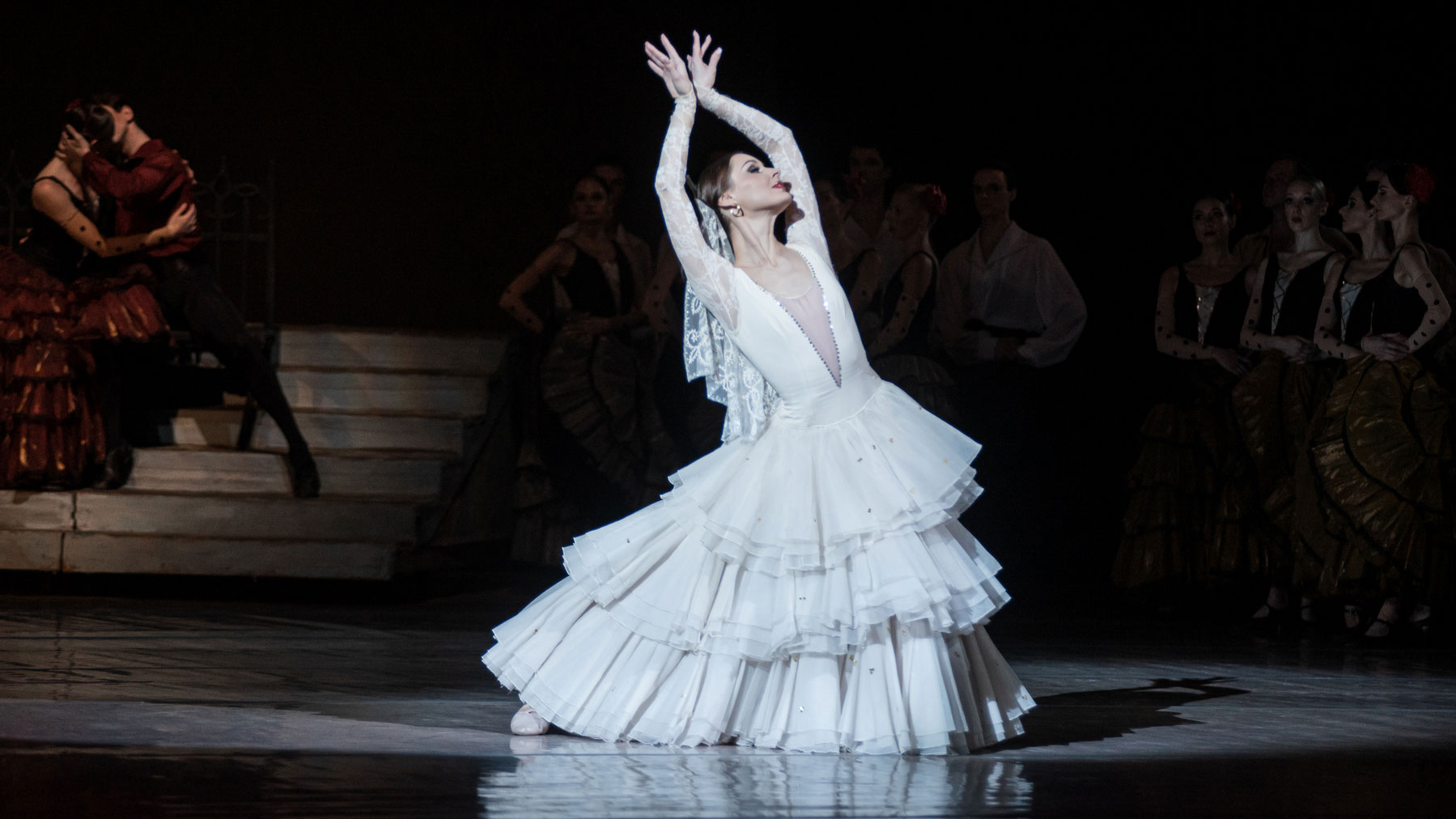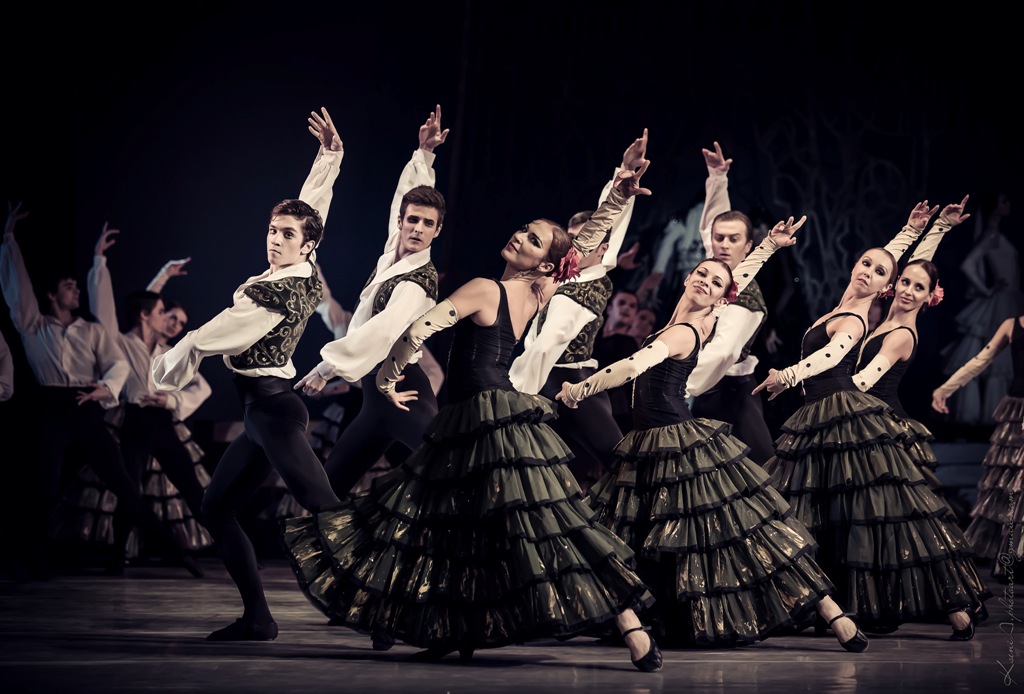
“Bolero” is one of the most famous musical works of the 20th century, created by the French composer Maurice Ravel in 1928. Originally conceived as a ballet, this work became a musical symbol of modernism and experimental composition.
Maurice Ravel received a commission to create a ballet from the famous ballerina Ida Rubinstein. The composer decided to write something unusual: a work with a simple rhythmic and melodic structure that would gradually increase in intensity. It was this idea that formed the basis of Bolero – a constant melody that is repeated throughout the work, but instrumented and developed differently each time, creating the effect of emotional exaltation. “The Bolero is based on the Spanish folk dance of the same name, but Ravel significantly changed the traditional structure, creating a piece of music that does not have the usual form of development. The melody is repeated 18 times, and the orchestra’s instruments gradually join in, creating a continuous rise in intensity.
The original production of the ballet to the music of Bolero took place in 1928, shortly after the premiere of the musical work. Ida Rubinstein herself performed the title role in the ballet’s premiere at the Opéra Garnier in Paris.
The choreography for this production was developed by Bronislava Nizhynska, a well-known ballerina and choreographer. The first versions of the ballet were more in line with the classical dance tradition, but the music required an unconventional approach.
A special place in the rich history of Bolero productions is occupied by the version created by the outstanding Ukrainian choreographer Anatoly Shekera. His production, which was first performed in 1985 at the Taras Shevchenko National Academic Opera and Ballet Theater of Ukraine, is one of the most prominent interpretations of the work in Eastern Europe. Shekera, a recognized master of the Ukrainian ballet scene, managed to find a new approach to Ravel’s music, combining the traditions of the Ukrainian ballet school with the modernist intonations inherent in Bolero. His interpretation aimed to convey not only the dramatic development of the music, but also to show how each element of the dance composition gradually “explodes” along with the music.
In Chéquera’s version, the main emphasis was placed on the collective power of the dance ensemble. He structured the choreography in such a way that the dancers seemed to become part of a huge mechanism that was constantly moving forward, reflecting the continuous rhythm and build-up of Ravel’s music. Shekera created a sense of hypnotic effect when the dance ensemble was in constant motion, giving the impression that the stage was living with the music. This emphasized the drama and deep emotional content of the work.
Shekera’s production of Bolero became extremely popular in Ukraine and was recognized on the international stage. It was notable not only for its sophisticated performance technique but also for its emotional intensity, which emphasized the powerful dynamics of the music. This interpretation brought the Ukrainian voice into the global dialogue around Bolero, continuing the tradition of its interpretation on new levels, showing how Ravel’s music can be opened up from new angles in dance.

The music of Bolero is so recognizable and significant that it has become a kind of symbol of minimalism in classical music. The constant build-up of emotional tension through simple means – a repetitive rhythm and melody – made this piece unique. It creates a sense of hypnotic effect that gradually “pulls” the listener into its musical space. A simple and at the same time rich melody repeated against a monotonous rhythm creates a unique emotional impact that only grows to the climax. This constant build-up of tension and the culminating explosion make Bolero’s music extremely emotionally intense. Due to its simplicity and repetitiveness, Bolero is perceived as a symbolic journey through various emotional and psychological states. Some interpretations see this work as a struggle between opposing forces, both internal and external. The constant build-up of tension can symbolize conflict, personal evolution, or even reflect the natural cycles of life.
Over the course of 15 minutes, the music gradually increases in dynamism and intensity, creating a sense of approaching an explosion of energy. This culmination is a real triumph that captivates the audience with its strength and power. For the audience, this sense of relentless movement towards the inevitable finale is a key element of emotional impact. On the one hand, Bolero has a simple melodic structure and a steady rhythm, but on the other hand, its performance and staging require high skill. Choreographic interpretations must reflect this balance between simplicity and complexity, between calm and dynamism. This contrast allows the work to remain interesting and multifaceted for performers and audiences for decades. “Maurice Ravel’s Bolero remains a classic that continues to inspire new generations of dancers, choreographers and music lovers around the world.